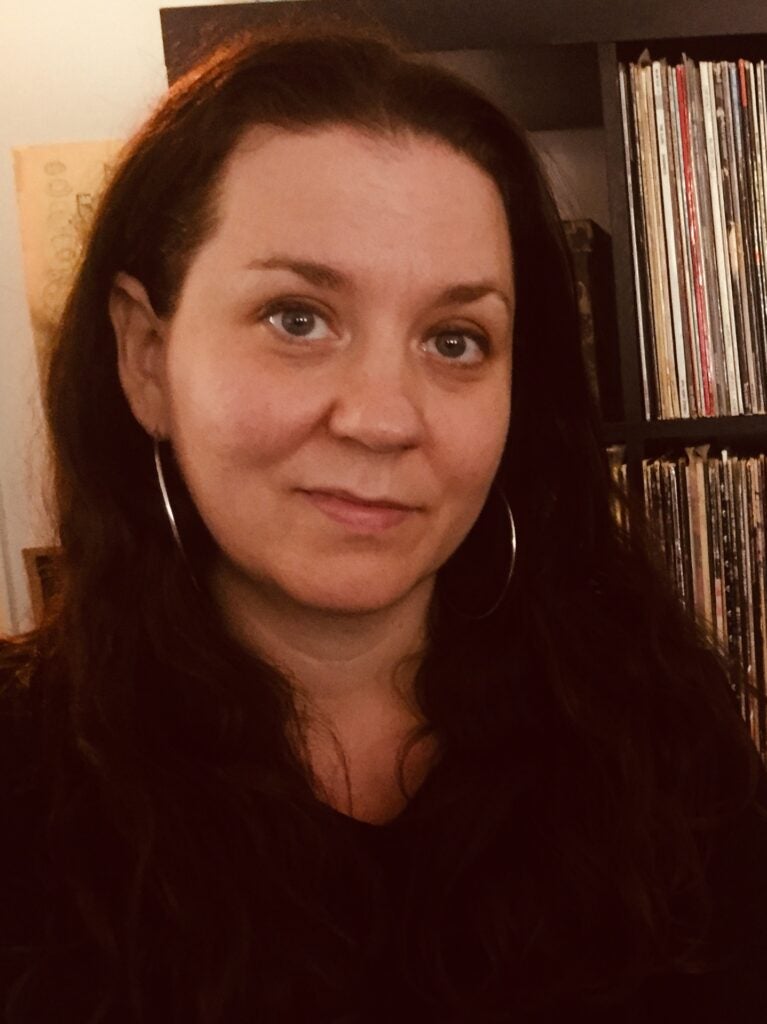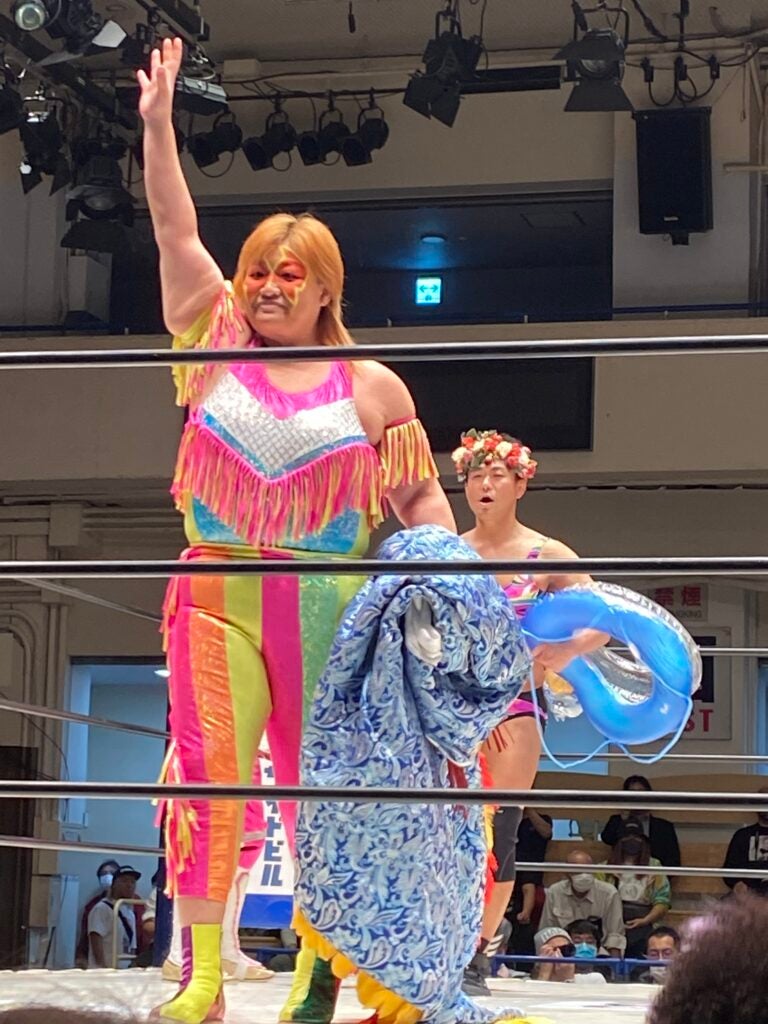Kirsten Seuffert
1) How did you become interested in the EASC Graduate Fellowship?
I’ve been attending EASC events since I first started my PhD program and I had received summer funding before through the ACE-Nikaido fellowship. Japan is such an expensive place to travel to and to stay in, so I’m thankful that EASC helps make doing research there possible for students who otherwise would have difficulty making it happen. You could say that about so many research locations, which is why these programs are so important.
2) What is your research focus?
My main research focus is postwar and contemporary cinema in Japan, but I am interested in all aspects of visual culture in this context as well as connections to other East Asian cultures and beyond. I use the lenses of gender and embodiment for my analyses, and performance, affect, and everyday experience are also important to my work. The more time I spend in Japan and the more media content I consume, I become more and more attuned to the connections between cinema and other media and the importance of keeping concepts like “cinema” and “Japan” fluid. I’ve incorporated television, music, and professional wrestling into my dissertation project, for instance, and my work is much more cross-media than it had been when I started this degree.
3) In what ways did the EASC Graduate Fellowship impact or help your research?
I had the unfortunate experience (as many other grad students did) of finishing my qualifying exams right when COVID hit. Japan closed its borders for more than two years, so my ability to do research was impacted. When the borders finally reopened in late 2022, I booked a flight right away. And because you can only stay in Japan for about three months at a time without a sponsored visa, I had to break up my research into three separate trips spread out over a year and a half. This is of course quite expensive for a grad student. I wouldn’t have been able to do it without assistance such as the EASC Graduate Fellowship. The Internet is very convenient, but I really couldn’t do the kind of deep research I needed to do without being able to visit archives and libraries in Japan, attend events and screenings, purchase materials that can’t be found online or are too expensive with shipping costs, etc.
4) Can you share any anecdotes about your fellowship experience?
I can share two. First, there is a film that was central to one of my chapters that is never screened—even in Japan. I mean, since 1994 it has only been screened a few times in 2018 and even then in limited locations. I had heard that a random screening was happening in late 2022 and because I could finally make it here, I scheduled my whole trip around it and trying to interview the director (which I did). Honestly, when I sat in the theater and was finally seeing it on screen, I thought, “This just made the whole trip worthwhile. I could go home tomorrow.” Second, one of my chapters deals with women’s professional wrestling in the 1980s, and there seems to be a bit of a surge in interest in these wrestlers within Japan right now. There’s even an upcoming Netflix series on the wrestler Dump Matsumoto, which I’m really looking forward to. Many of these wrestlers are reaching their 60s and are making brief appearances in the ring, and I am very lucky to have been able to catch some of these. I went to one event that was a memorial event for the young wrestler Kimura Hana who sadly passed away recently, and veteran wrestlers such as Aja Kong, Jaguar Yokota, and Inoue Kyōko made appearances in support. It was great to see them in action, and by being in the audience I really got a sense that there was a community within Japan’s women’s wrestling world. It’s important to get these behind-the-scenes glimpses in order to understand the people and industries behind the content.
5) Could you also share more about your recent publication on Japanese Women’s Professional Wrestling?
Because I’m mainly a cinema scholar, it’s kind of funny to me that my first peer reviewed article centered on professional wrestling. But it really has become a passion project, and it has opened my eyes up to the wider media world of Japan’s 1980s. I found most of the materials that became the focus of my article—TV shows, pop records, videos, books, magazines, films, material goods—by being in Japan and hitting the second-hand bookstores and record stores. There’s also a fantastic store in Tokyo dedicated to professional wrestling where you can find materials and ephemera you never knew existed. The material culture of postwar Japan is disappearing rapidly, so it’s important for my work to come here and visit theaters, find older print materials in shops, etc. I work on pop culture and subcultures that a lot of established archives don’t bother to collect and preserve, so it really comes down to hours spent picking through junk and talking to people who can point you in the right direction.
 |
 |
 |
 |
 |